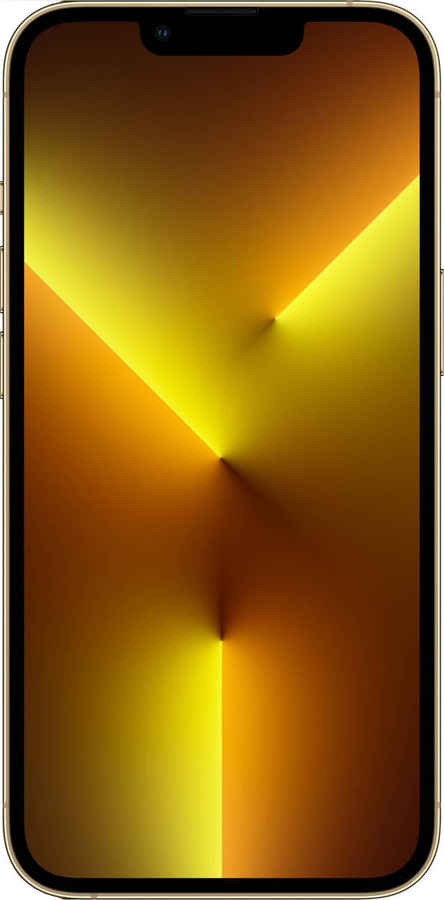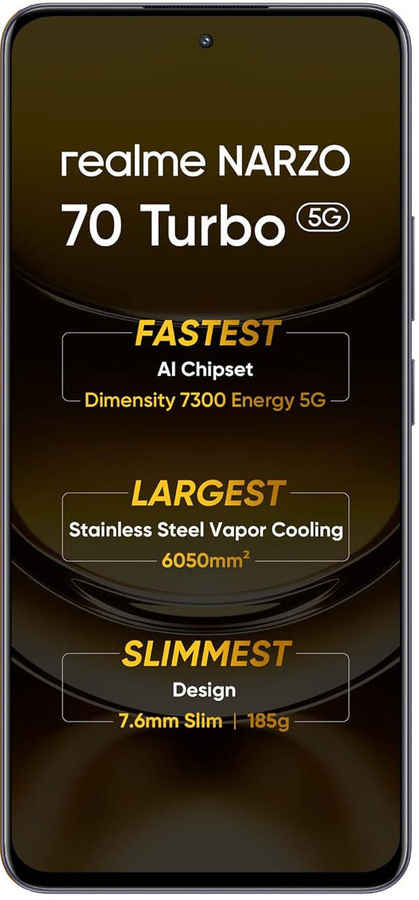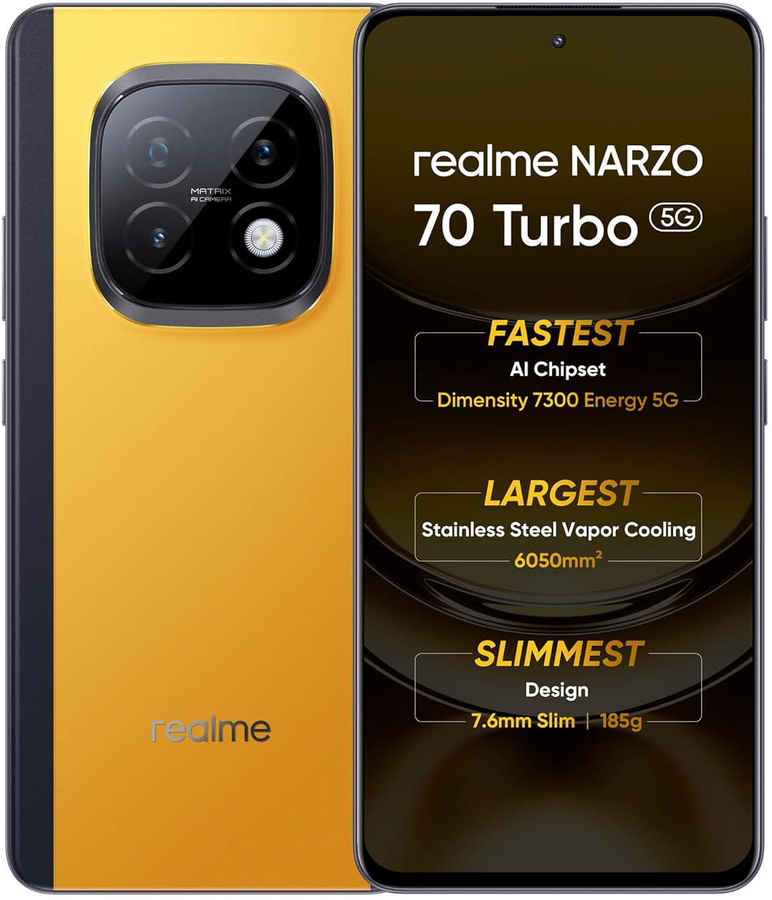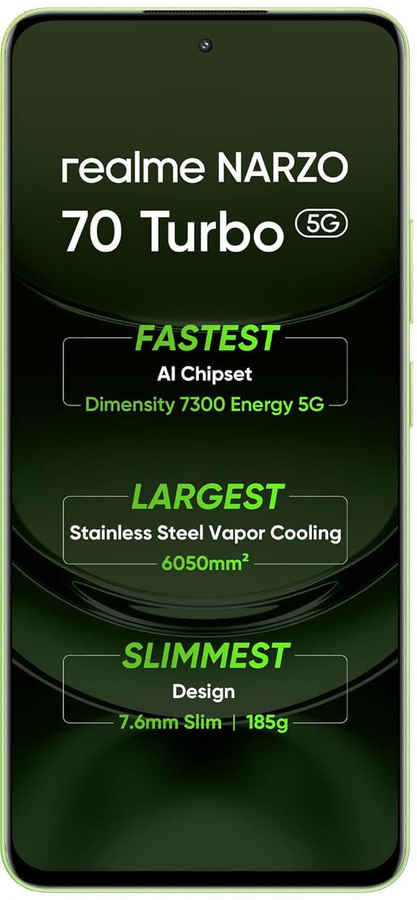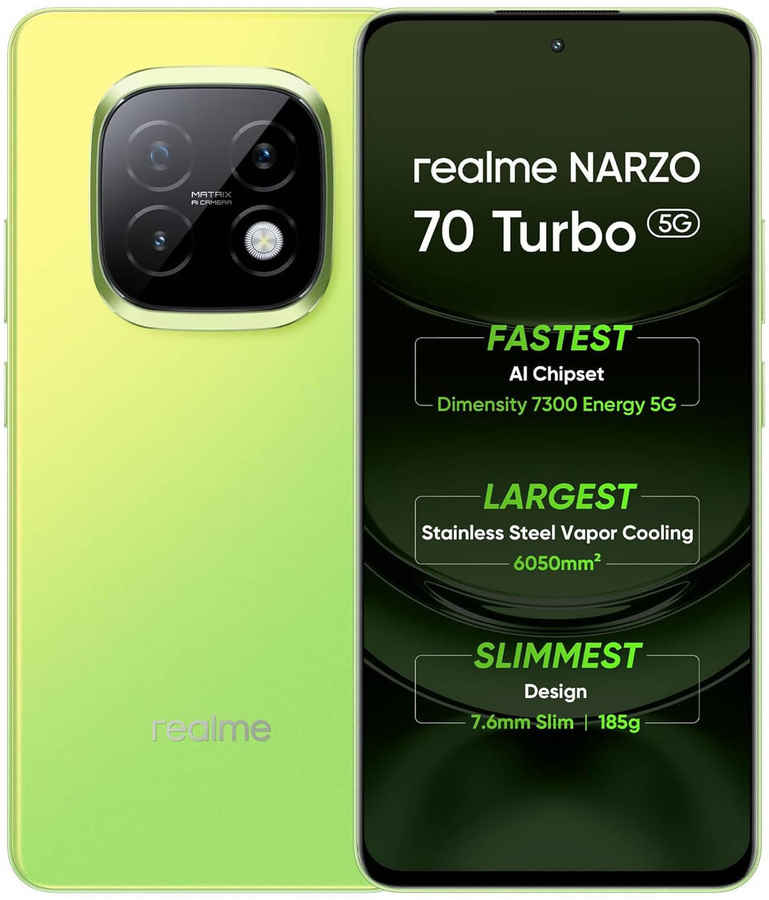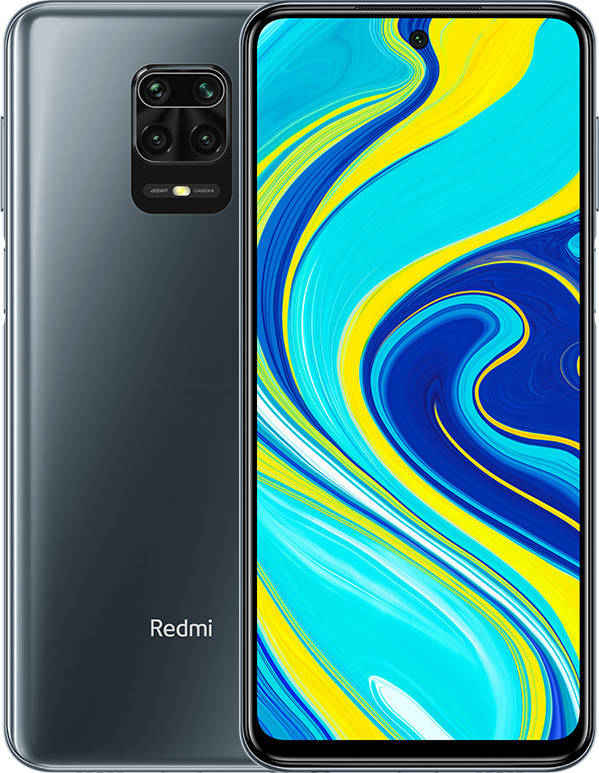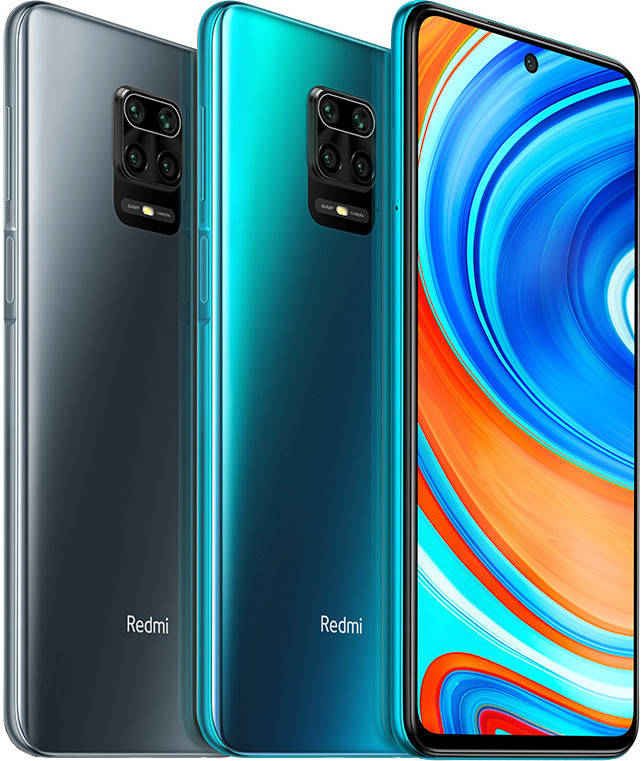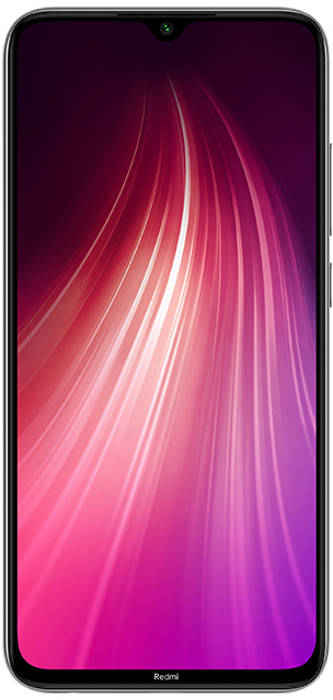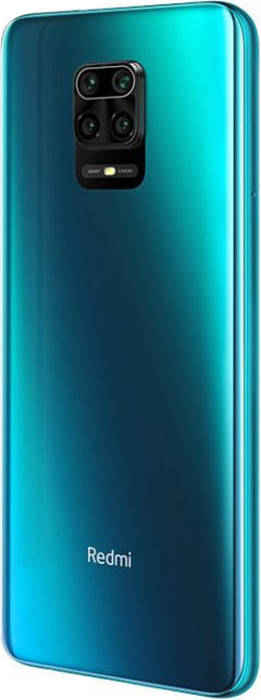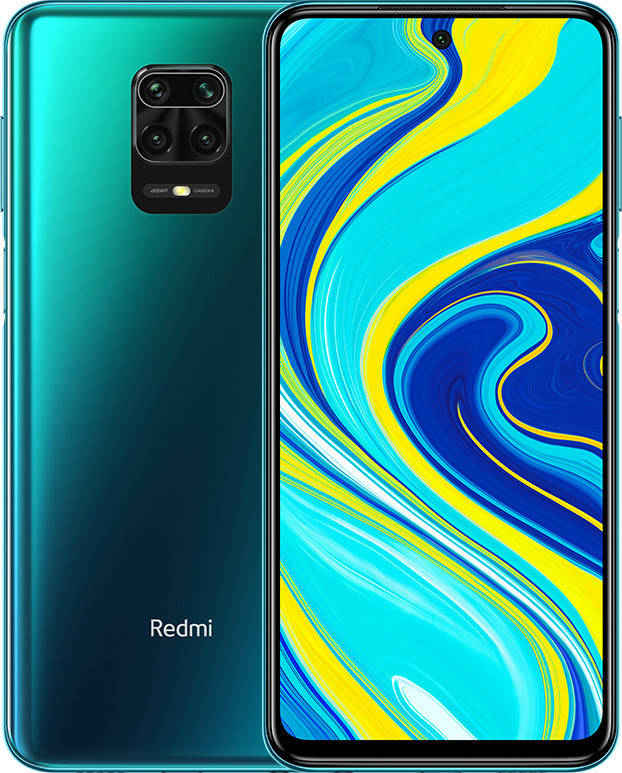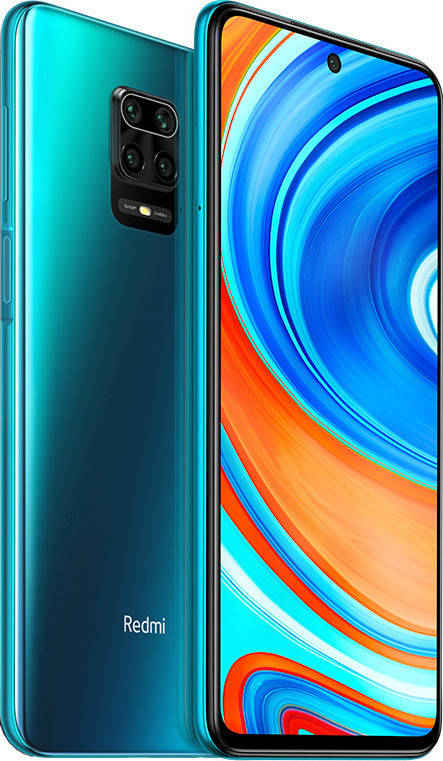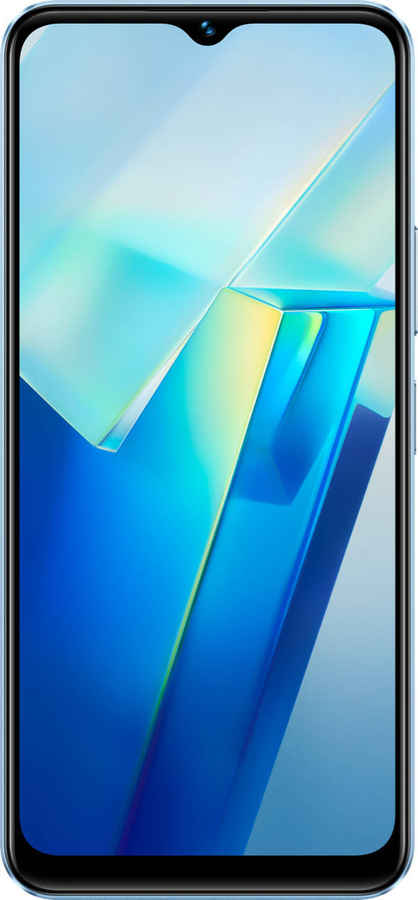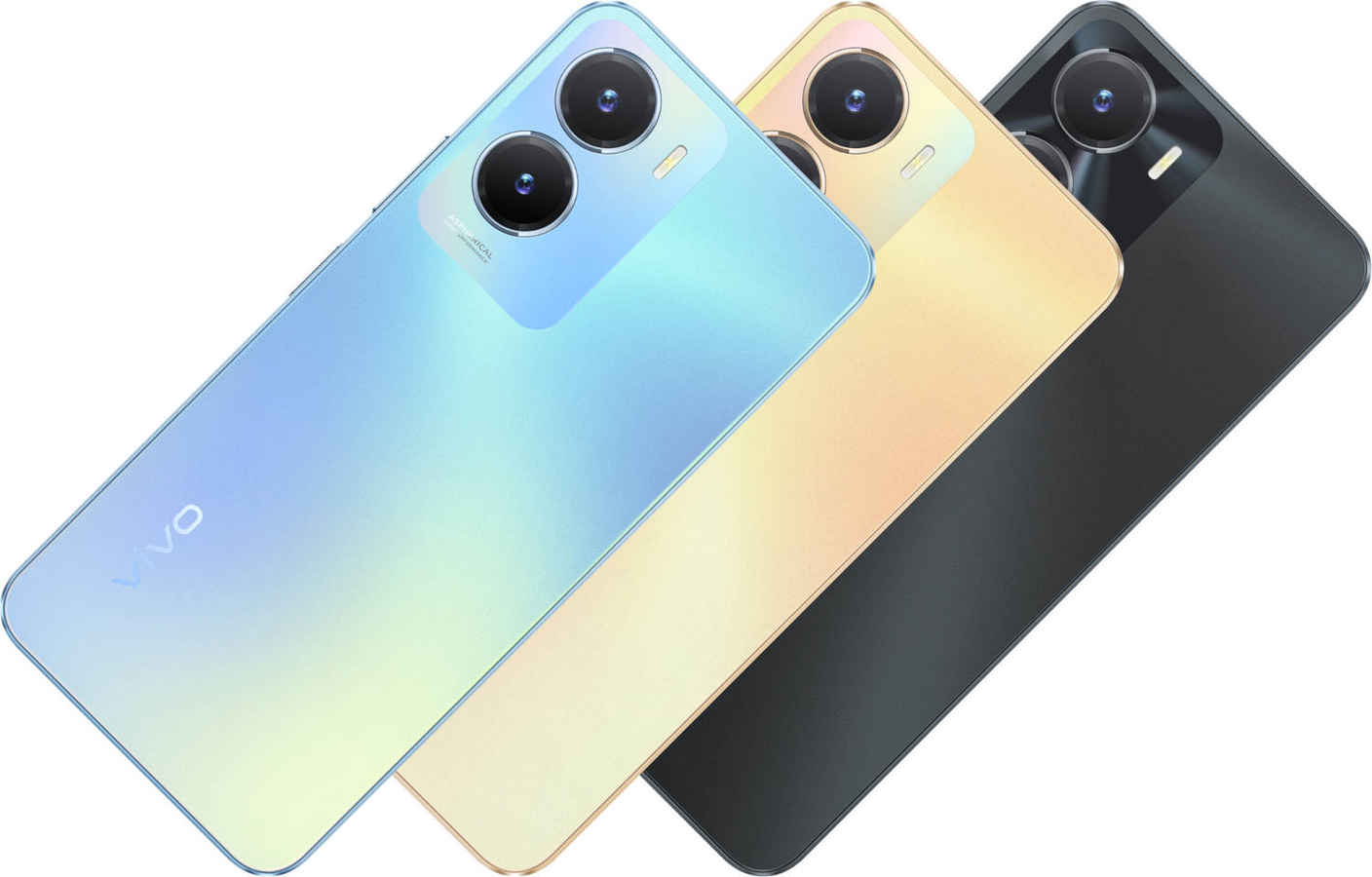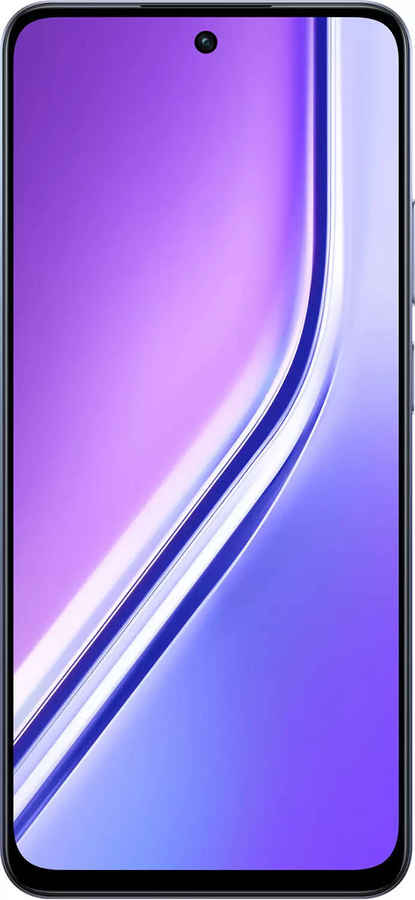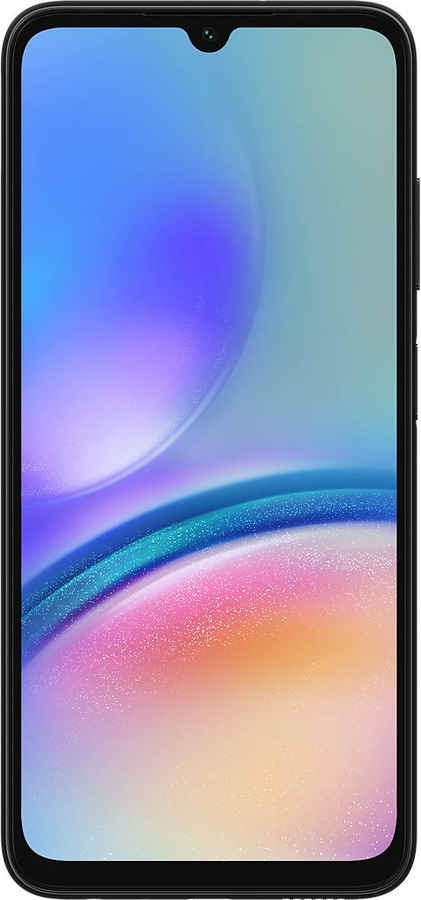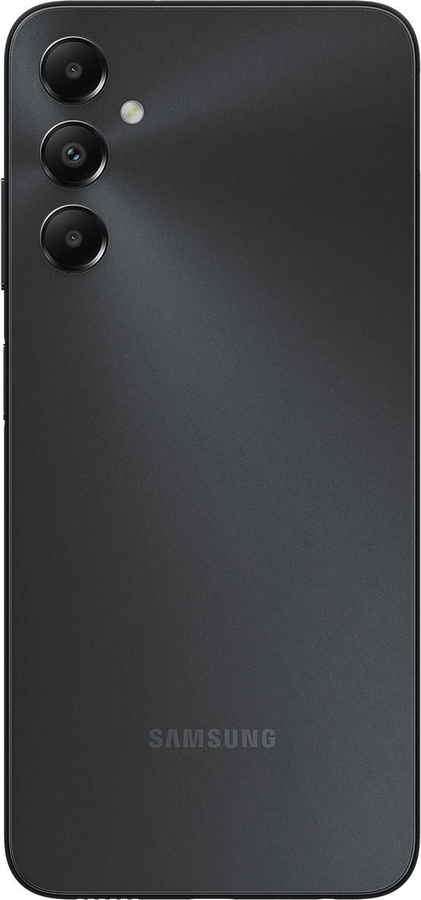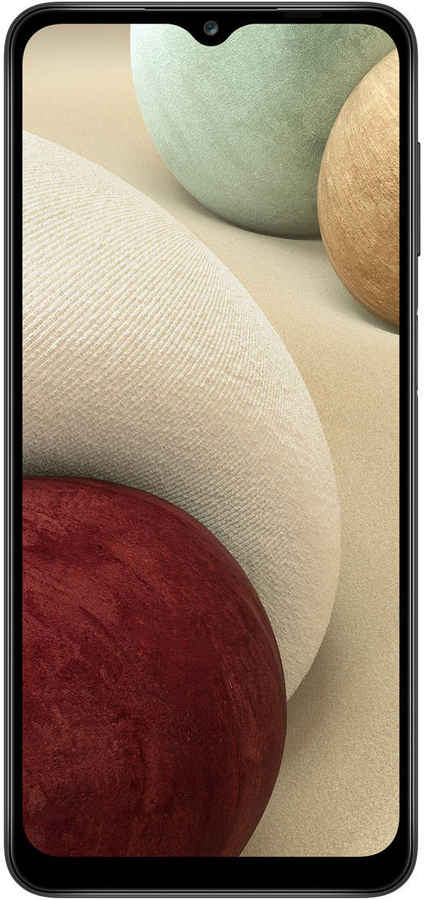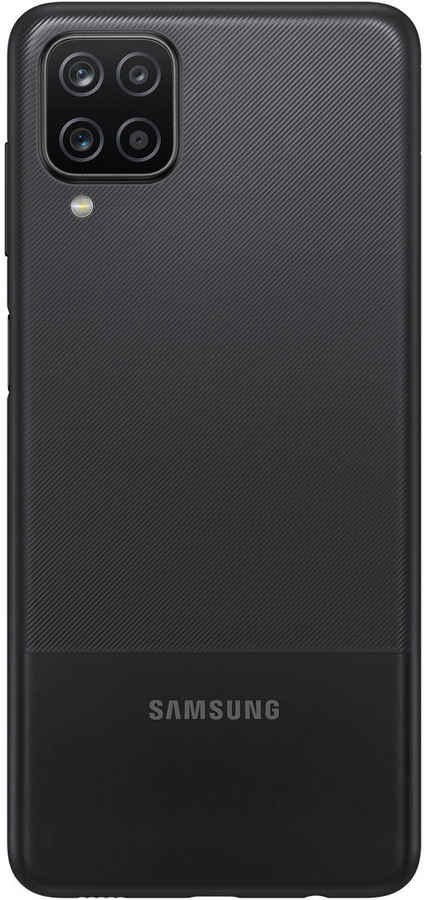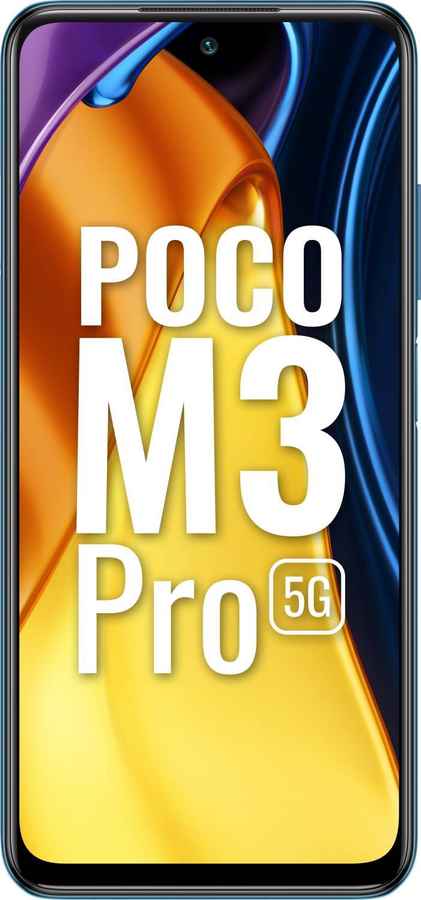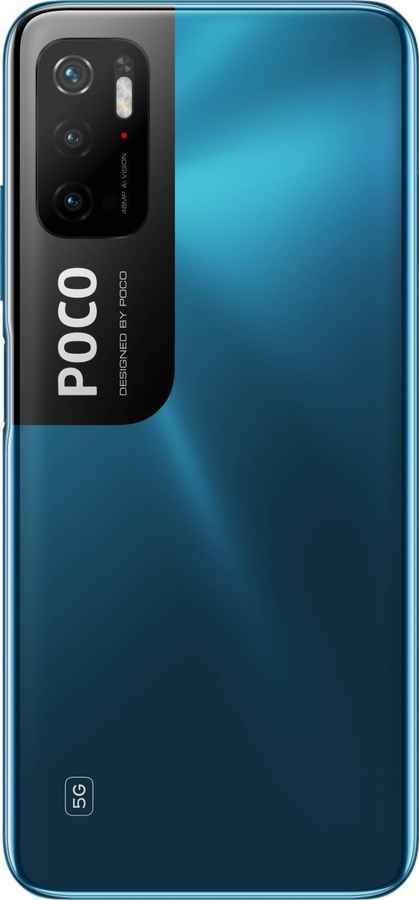Best 6 GB RAM Phones
If you're hunting for the best 6gbram Smartphones, you've come to the right place. Our expert-curated list recommends the top Smartphones with 6gbram that stand out. Whether you're after superb camera quality, long-lasting battery life, or ultra-smooth gaming, these phones have been picked for their excellence in 6gbram. Find the best Smartphones for your needs and get the top features without compromise.
The Apple iPhone 13 Pro stands out its camera 12 MP, battery rating 3095 mh, resolution 1170×2532 px (FHD+). Designed for users who demand the best from their devices, Apple iPhone 13 Pro delivers top-tier performance, stunning visuals, and long-lasting battery life. Whether you're a gamer, a photography enthusiast, or someone looking for a fast, reliable phone, the Apple iPhone 13 Pro ticks all the boxes. Here's why the Apple iPhone 13 Pro.
The realme Narzo 70 Turbo stands out its camera 50 MP, battery rating 5000 mh, resolution 1080×2400 px (FHD+). Designed for users who demand the best from their devices, realme Narzo 70 Turbo delivers top-tier performance, stunning visuals, and long-lasting battery life. Whether you're a gamer, a photography enthusiast, or someone looking for a fast, reliable phone, the realme Narzo 70 Turbo ticks all the boxes. Here's why the realme Narzo 70 Turbo.
The Xiaomi Redmi Note 9 Pro Max stands out its camera 64 MP, battery rating 5020 mh, resolution 1080×2400 px (FHD+). Designed for users who demand the best from their devices, Xiaomi Redmi Note 9 Pro Max delivers top-tier performance, stunning visuals, and long-lasting battery life. Whether you're a gamer, a photography enthusiast, or someone looking for a fast, reliable phone, the Xiaomi Redmi Note 9 Pro Max ticks all the boxes. Here's why the Xiaomi Redmi Note 9 Pro Max.
The Xiaomi Redmi Note 8-6 GB 128 GB RAM stands out its camera 48 MP, battery rating 4000 mh, resolution 1080×2340 px (FHD+). Designed for users who demand the best from their devices, Xiaomi Redmi Note 8-6 GB 128 GB RAM delivers top-tier performance, stunning visuals, and long-lasting battery life. Whether you're a gamer, a photography enthusiast, or someone looking for a fast, reliable phone, the Xiaomi Redmi Note 8-6 GB 128 GB RAM ticks all the boxes. Here's why the Xiaomi Redmi Note 8-6 GB 128 GB RAM.
The Xiaomi Redmi Note 9 Pro-6 GB 128 GB RAM stands out its camera 48 MP, battery rating 5020 mh, resolution 1080×2400 px (FHD+). Designed for users who demand the best from their devices, Xiaomi Redmi Note 9 Pro-6 GB 128 GB RAM delivers top-tier performance, stunning visuals, and long-lasting battery life. Whether you're a gamer, a photography enthusiast, or someone looking for a fast, reliable phone, the Xiaomi Redmi Note 9 Pro-6 GB 128 GB RAM ticks all the boxes. Here's why the Xiaomi Redmi Note 9 Pro-6 GB 128 GB RAM.
The vivo T2x-6 GB 128 GB RAM stands out its camera 50 MP, battery rating 5000 mh, resolution 1080×2408 px (FHD+). Designed for users who demand the best from their devices, vivo T2x-6 GB 128 GB RAM delivers top-tier performance, stunning visuals, and long-lasting battery life. Whether you're a gamer, a photography enthusiast, or someone looking for a fast, reliable phone, the vivo T2x-6 GB 128 GB RAM ticks all the boxes. Here's why the vivo T2x-6 GB 128 GB RAM.
The realme P3x stands out its camera 50 MP, battery rating 6000 mh, resolution 1080×2400 px (FHD+). Designed for users who demand the best from their devices, realme P3x delivers top-tier performance, stunning visuals, and long-lasting battery life. Whether you're a gamer, a photography enthusiast, or someone looking for a fast, reliable phone, the realme P3x ticks all the boxes. Here's why the realme P3x.
The Samsung Galaxy A05s stands out its camera 50 MP, battery rating 5000 mh, resolution 1080×2400 px (FHD+). Designed for users who demand the best from their devices, Samsung Galaxy A05s delivers top-tier performance, stunning visuals, and long-lasting battery life. Whether you're a gamer, a photography enthusiast, or someone looking for a fast, reliable phone, the Samsung Galaxy A05s ticks all the boxes. Here's why the Samsung Galaxy A05s.
The Samsung Galaxy A12-6 GB 128 GB RAM stands out its camera 48 MP, battery rating 5000 mh, resolution 720×1600 px (HD+). Designed for users who demand the best from their devices, Samsung Galaxy A12-6 GB 128 GB RAM delivers top-tier performance, stunning visuals, and long-lasting battery life. Whether you're a gamer, a photography enthusiast, or someone looking for a fast, reliable phone, the Samsung Galaxy A12-6 GB 128 GB RAM ticks all the boxes. Here's why the Samsung Galaxy A12-6 GB 128 GB RAM.
The POCO M3 Pro 5G-6 GB 128 GB RAM stands out its camera 48 MP, battery rating 5000 mh, resolution 1080×2400 px (FHD+). Designed for users who demand the best from their devices, POCO M3 Pro 5G-6 GB 128 GB RAM delivers top-tier performance, stunning visuals, and long-lasting battery life. Whether you're a gamer, a photography enthusiast, or someone looking for a fast, reliable phone, the POCO M3 Pro 5G-6 GB 128 GB RAM ticks all the boxes. Here's why the POCO M3 Pro 5G-6 GB 128 GB RAM.

